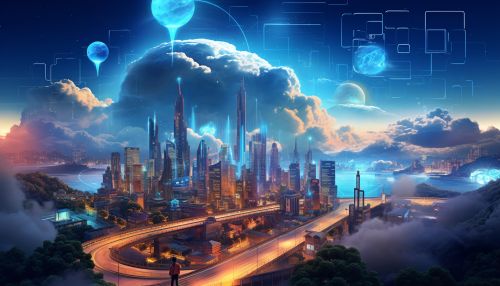Information Technology
Overview
Information Technology (IT) is a broad term that encompasses all forms of technology used to create, store, exchange, and use information in its various forms (business data, voice conversations, still images, motion pictures, multimedia presentations, and other forms, including those not yet conceived). Today, it is widely recognized that IT is a key factor in economic growth in both the developed and developing world.
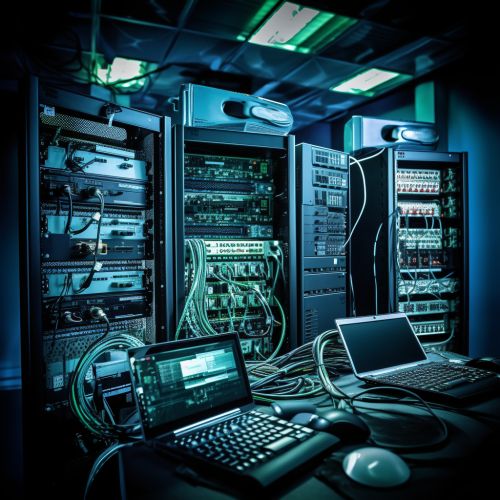
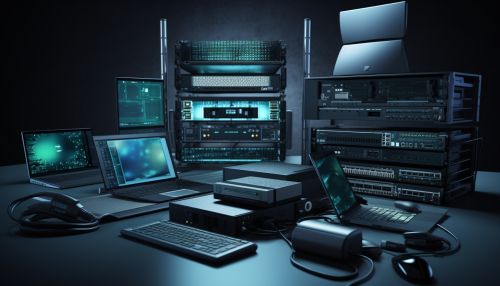
History
The history of Information Technology dates back to the invention of the abacus, although the term IT was not coined until the 20th century. The first programmable computer was created during World War II, and since then, IT has developed at an exponential rate. The advent of the internet and the proliferation of digital technology have transformed the field, making it integral to the modern global economy.
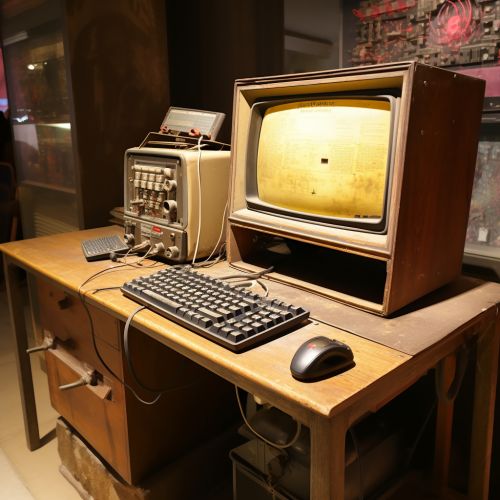

Components
Information Technology is composed of several important components, including hardware, software, databases, network structures, and human resources. Each of these components plays a crucial role in the functioning of IT systems.
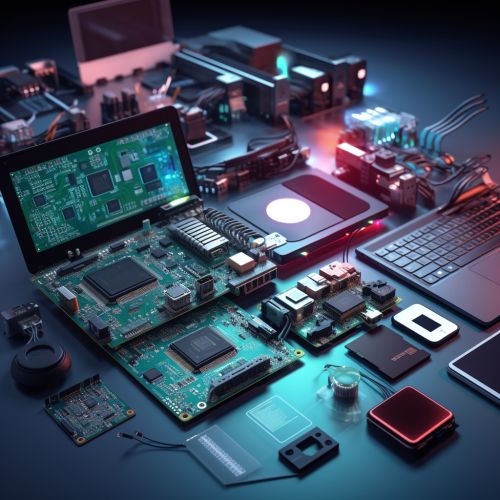

Hardware
Hardware refers to the physical components of an IT system. This includes servers, computers, routers, switches, data centers, and other physical devices and infrastructure that are used to store and process data.
Software
Software, in contrast, refers to the programs and applications that run on the hardware and perform various tasks. This includes operating systems, databases, business applications, and other software that provide functionality to the hardware.
Databases
Databases are structured sets of data. They are a crucial component of IT systems, as they allow for the storage, retrieval, and manipulation of data. Databases can be relational, non-relational, or a hybrid of both, depending on the needs of the organization.
Network Structures
Network structures refer to the design and layout of an organization's IT network. This includes the physical layout of the network (such as the arrangement of servers and other hardware), as well as the logical layout (such as the arrangement of IP addresses and subnets).
Human Resources
Human resources in IT refers to the people who design, implement, maintain, and use IT systems. This includes IT professionals such as programmers, network administrators, database administrators, and other IT staff, as well as the end-users of IT systems.

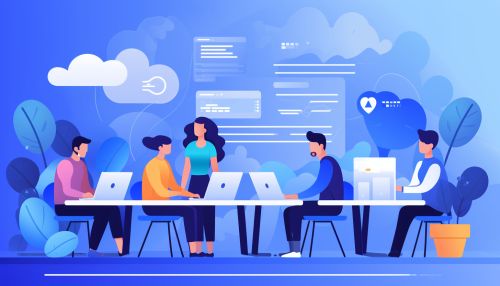
Applications
Information Technology is used in a wide range of applications, from business and government to education and healthcare. In business, IT is used for everything from customer relationship management to supply chain management. In government, IT is used to improve service delivery, increase transparency, and enhance citizen engagement. In education, IT is used to enhance learning and teaching, while in healthcare, IT is used to improve patient care and medical research.
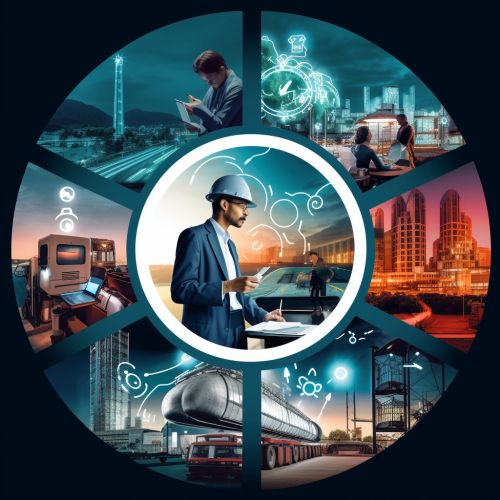
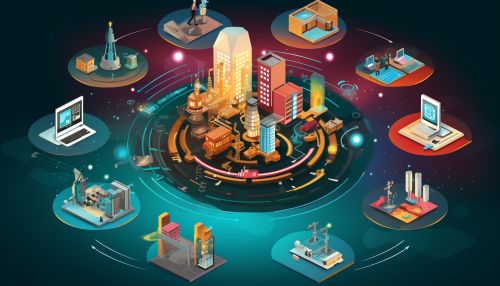
Future Trends
The field of Information Technology is constantly evolving, with new trends and technologies emerging all the time. Some of the key trends in IT include cloud computing, big data, artificial intelligence, machine learning, and the Internet of Things (IoT). These technologies are expected to have a significant impact on the IT industry and the global economy in the coming years.

